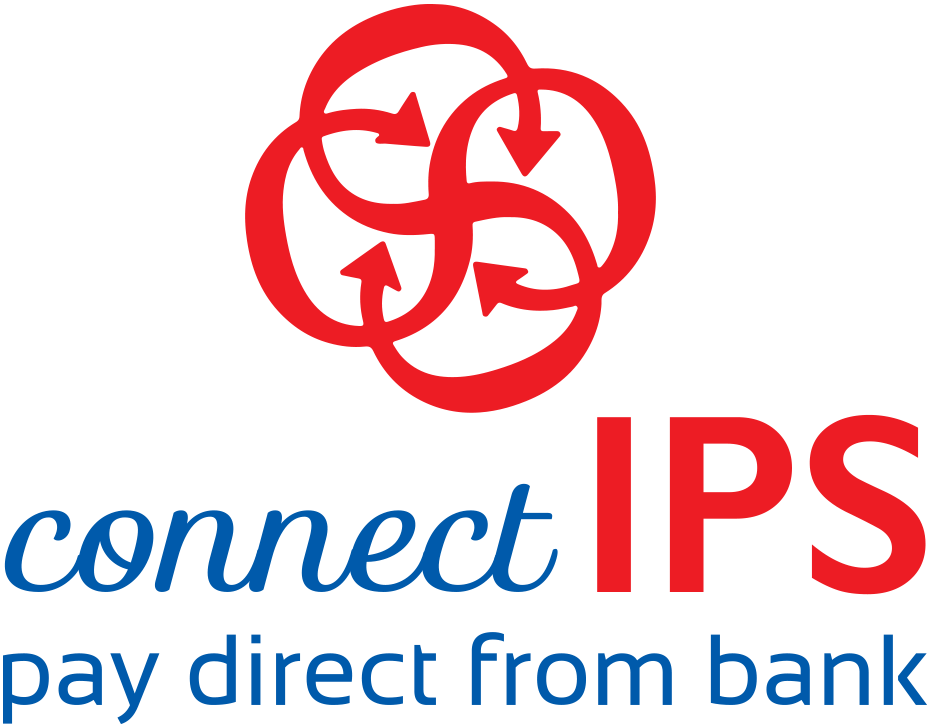POE Switch 4*10/100M+2 100M Up
POE Switch 4*10/100M+2 100M Up.
A "Poe Switch 4*10/100M+2 100M Up" likely refers to a Power over Ethernet (PoE) switch with specific port configurations. Let's break down what each component of the description means:
PoE Switch: A PoE switch is a network switch that has power over Ethernet capability, meaning it can deliver power to connected devices over Ethernet cables, eliminating the need for separate power sources.A PoE (power over Ethernet) switch is a network switch that provides power and data connectivity to PoE-enabled devices over a single Ethernet cable. These switches are commonly used in environments where it is impractical or impossible to provide separate power sources for devices such as IP cameras, wireless access points, VoIP phones, and other networked devices.
Features:
4*10/100M PoE ports + 2*10/100M uplink RJ45 ports
- IEEE 802.3af/at standard, total power 65W, maximum 30W PoE power of single port
- One-click smart dial mode, support port isolation, 250-meter extension
- PoE watchdog and PoE ports automatically restart, reducing manual maintenance
- 4KV surge protection, 8KV ESD, suitable for -10~50℃ wide temperature environment
Here's how a PoE switch works:
Power Delivery: A PoE switch delivers power to connected PoE-enabled devices through the same Ethernet cable used for data transmission. This eliminates the need for separate power cables and outlets for each device, simplifying installation and reducing costs.
PoE Standards: There are several PoE standards, including IEEE 802.3af, IEEE 802.3at (also known as PoE+), and IEEE 802.3bt (also known as 4PPoE or PoE++). These standards define the maximum power that can be delivered over Ethernet cables and are backward compatible, meaning newer PoE devices can be powered by switches that support older standards.
Port Configuration: PoE switches come in various port configurations, ranging from a few ports to dozens of ports. Some ports on the switch may support PoE, while others may not. The switch's datasheet will specify which ports support PoE and the maximum power output per port.
Management Features: PoE switches may be managed or unmanaged. Managed switches offer advanced features such as VLAN support, Quality of Service (QoS) prioritization, port mirroring, and remote management capabilities. Unmanaged switches, on the other hand, are simpler and do not offer configuration options.
Power Budget: The total amount of power that a PoE switch can deliver to connected devices simultaneously is known as the power budget. It is essential to ensure that the switch's power budget is sufficient to power all connected PoE devices without exceeding its capacity.
Overall, PoE switches provide a convenient and efficient solution for powering networked devices, especially in situations where access to power outlets is limited or impractical. They are commonly used in various environments, including offices, schools, hospitals, retail stores, and outdoor installations.
4*10/100M: This indicates that the switch has four ports that support both 10 Mbps and 100 Mbps Ethernet speeds. These ports are likely auto-sensing, meaning they can detect the speed of the connected device and adjust accordingly.
+2 100M Up: This suggests that the switch has an additional two ports that support 100 Mbps Ethernet speed. The "Up" designation likely means these ports are designated for uplink connections, which are used to connect the switch to other network devices or to an upstream network such as a router or another switch.
PoE switches come in various configurations, offering different numbers of ports, PoE standards (such as PoE, PoE+, or even higher power variants), and additional features like management capabilities (managed or unmanaged), VLAN support, and QoS (Quality of Service) settings.
The primary advantage of a PoE switch is its ability to power devices such as IP cameras, VoIP phones, wireless access points, and other IoT (Internet of Things) devices that support PoE. This makes PoE switches particularly useful in environments where it's difficult or impractical to run separate power lines to each device.
In summary, the switch has four ports supporting both 10 Mbps and 100 Mbps speeds and two additional 100 Mbps uplink ports, totaling six ports. Additionally, all ports are likely PoE-enabled, meaning they can provide power to connected PoE-compatible devices such as IP cameras, VoIP phones, or wireless access points.
Easy Checkout Online

Related Products
Get Callback
Leave your detail here, we will call you back
Welcome to Support Center
Support for all your needs, in one place. Sign in to get personalized help and access your registered devices, software and existing service requests.
Why create an account
Our Partners





Secure Payment By


